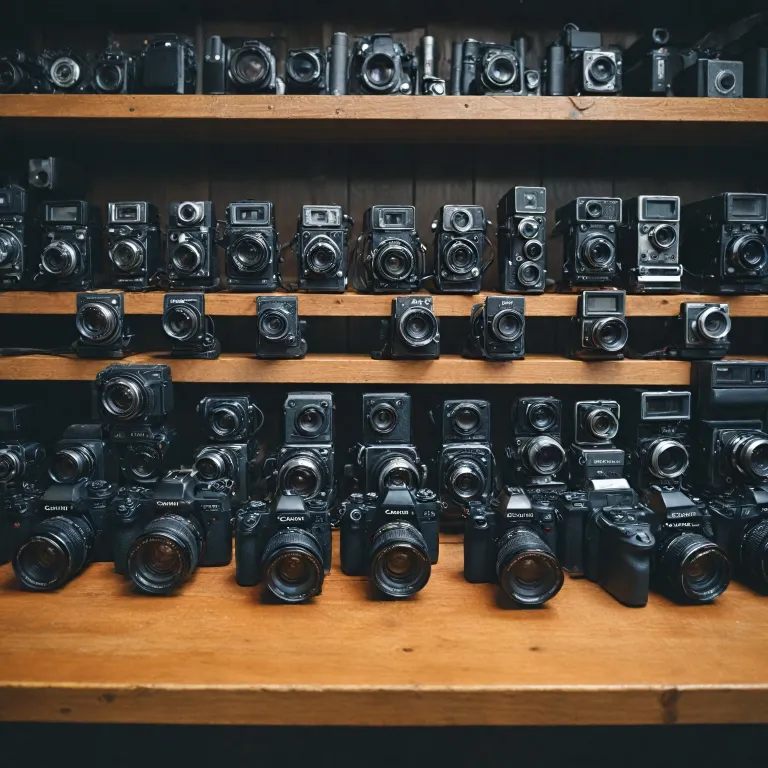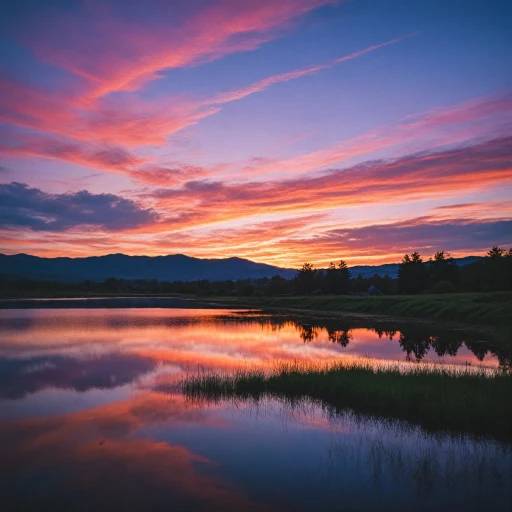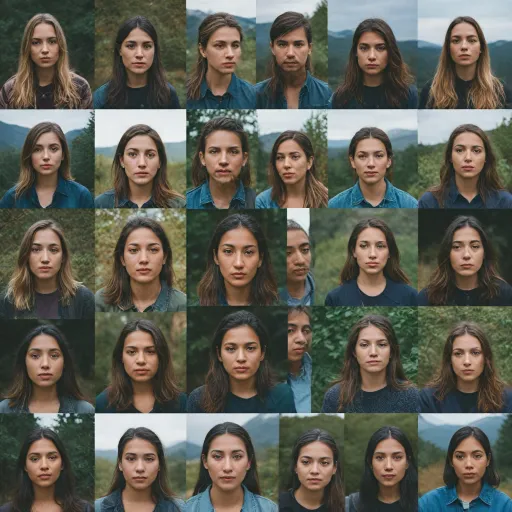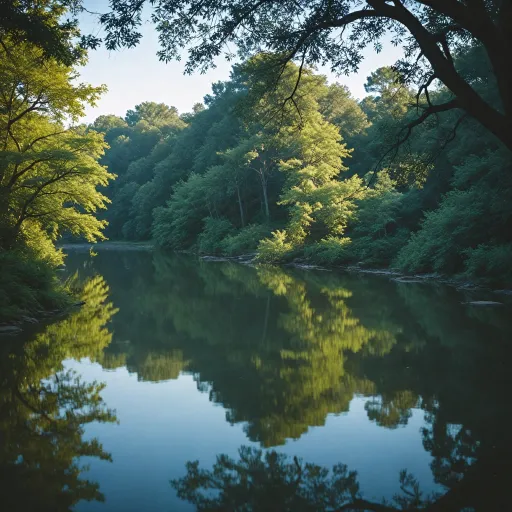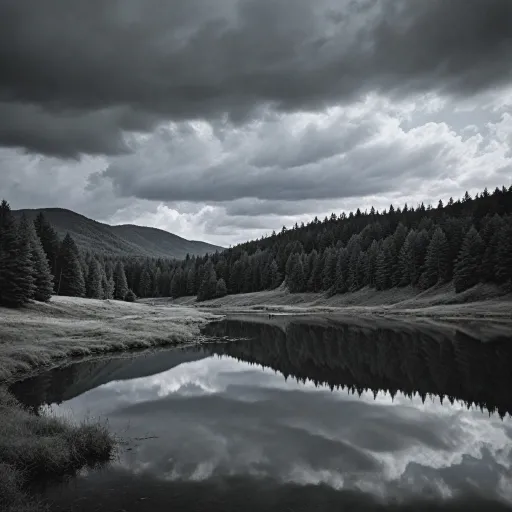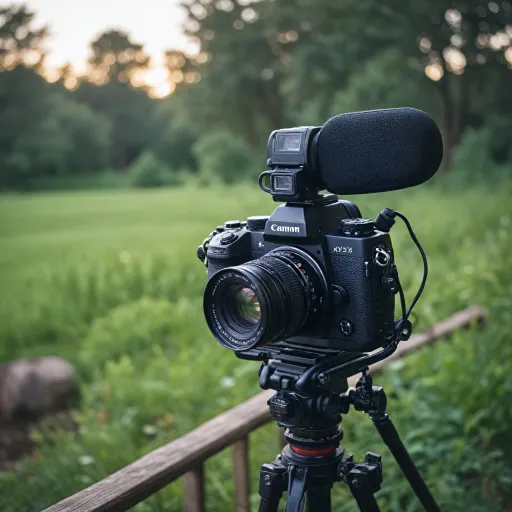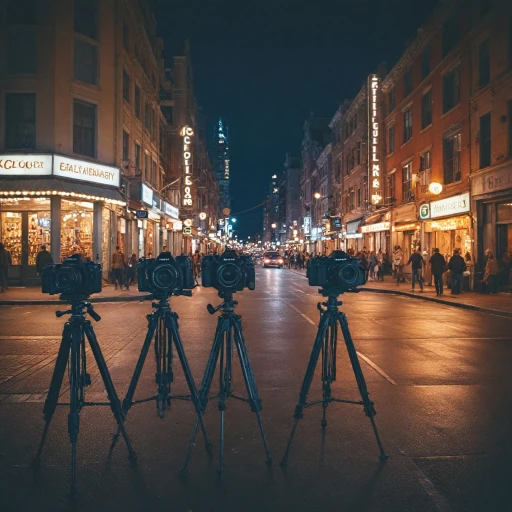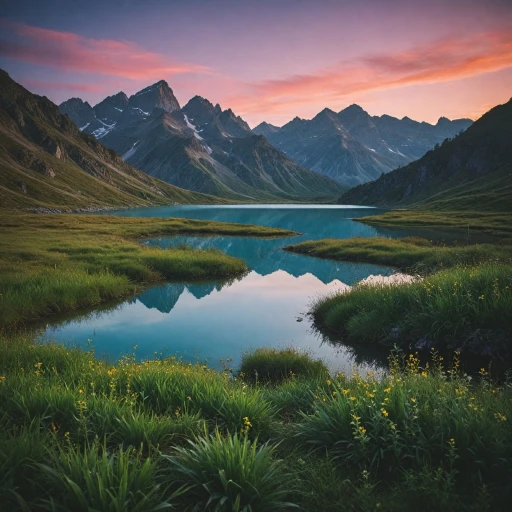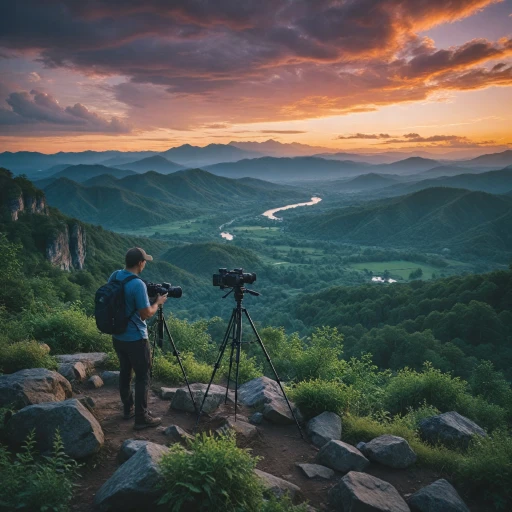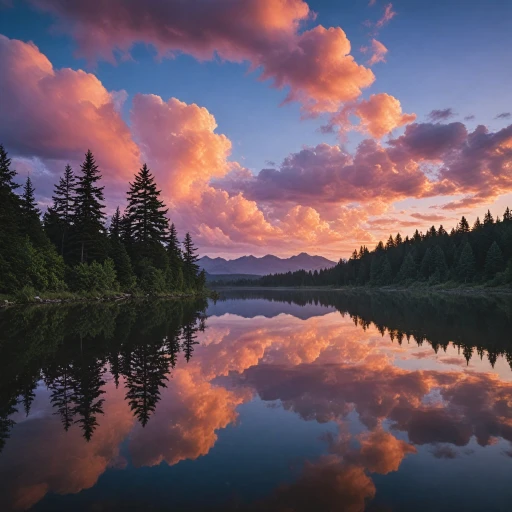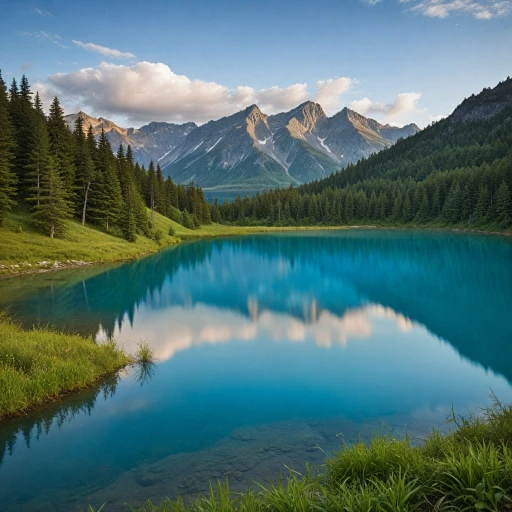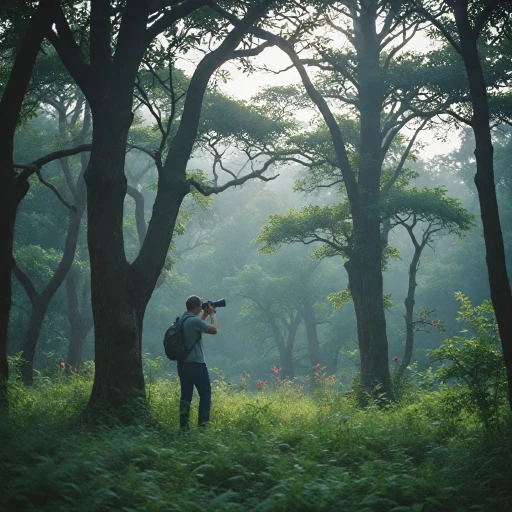
Understanding Your Filmmaking Needs
Identifying Your Cinematic Goals
When embarking on the journey of filmmaking, the first step is to comprehensively understand what you want to achieve with your video camera. Professional filmmakers, content creators, or hobbyists must all consider various factors to select the best camera for their specific needs. This involves evaluating the nature of your projects, whether they require dynamic range, slow motion capabilities, or the ability to handle low light conditions smoothly.
Assessing Your Shooting Environment
Consider the different settings in which you'll be filming. If you often shoot in stable environments such as studios, a camera with great autofocus and good image stabilization may suffice. However, if you intend to venture outdoors or tackle action-packed scenes, options like the Sony III, with its robust body and excellent light performance capabilities, can be crucial.
Choosing the Right Camera Type
The market offers a plethora of choices, from mirrorless cameras to those with full frame sensors. Each variant has strengths that cater to specific filming needs. For high-quality dynamic range and image quality, the Canon and Fujifilm models are known for producing remarkable results. Equally, Panasonic’s Lumix series and Sony models provide excellent frames per second, suitable for creative storytelling through slow motion sequences.
Evaluating Lens Compatibility
The magic of filmmaking often lies in the lenses you choose. Different lens options alter the visual storytelling aspect significantly. Assess whether you need a wide range of lenses for versatile filmmaking or if a few select choices fit your style. Cameras like the Panasonic Mark and Canon offer a vast range of lens compatibility, making them ideal for varied cinematic projects.
Key Features to Look for in a Video Camera
Essential Camera Specifications for Quality Filmmaking
Diving into the world of filmmaking necessitates understanding the critical features that make a video camera stand out. Each filmmaker's journey requires a camera that can effectively bring their vision to life, whether capturing breathtaking landscapes or delivering intimate close-ups.
Sensor Size and Type
The sensor size plays a significant role in determining the image quality. Opting for a full-frame sensor provides excellent low light performance and depth of field control, crucial for professional results. However, APS-C and smaller micro four-thirds sensors like those found in Panasonic cameras are also popular for their compactness and affordability.
Lenses and Autofocus System
The choice of lens profoundly impacts your creative range. Consider cameras offering a broad range of lens options to cater to different shooting scenarios. A camera with good autofocus is indispensable, especially for dynamic scenes. Brands like Sony and Canon are renowned for their great autofocus systems, keeping your subjects sharp and in focus.
Stabilization Mechanism
Camera stabilization is pivotal when shooting handheld. Integrated image stabilization or using stabilized lenses can greatly minimize unwanted shakes, leading to smoother, high-quality footage. Systems in Fujifilm and Panasonic Lumix cameras often stand out for their efficient performance in this area.
Frame Rates and Resolution
Modern video cameras should support varied frame rates for different effects, such as slow motion. Look into cameras that offer high frame rates and resolutions. Understanding the video resolution capabilities of models like the Sony A7R provides insights into creating crisp, detailed visuals.
Dynamic Range and Rolling Shutter
A camera with a wide dynamic range captures higher contrast scenes with detail, both in the shadows and highlights. On the other hand, managing the rolling shutter effect is vital to avoid distortions in fast-moving shots.
Having a comprehensive overview of these key features equips content creators to make an informed decision about the best camera to meet their filmmaking aspirations. As technology continues to evolve, staying informed ensures that the equipment can grow with artistic needs and trends.
Budget Considerations and Options
Investing Wisely: Finding the Right Fit for Your Budget
While dreaming of the best gear for your filmmaking project, it's wise to consider a budget that aligns with your financial reality. A video camera can range from affordable entry-level options to high-end professional models. Here's how to make the most of your investment:
- Entry-Level Cameras: If you're a beginner or have limited funds, consider brands like Panasonic or Fujifilm. Models at this level often offer good image quality and may include basic features such as autofocus and image stabilization without breaking the bank.
- Mid-Range Options: For those with a slightly more flexible budget, cameras like the Panasonic Lumix or Sony offer a mix of features that cater to budding filmmakers. You can expect better low light performance, a variety of lens options, and good autofocus capabilities.
- Professional Grade: For seasoned filmmakers looking for high quality output, full frame cameras from Canon and Sony deliver top-notch performance. With great dynamic range, superior stabilization, and advanced autofocus technology, these offer everything you need to handle low light scenarios, rolling shutter issues, and more.
Keep in mind that investing in mirrorless cameras, which are becoming increasingly popular due to their compact body and efficient lens interchangeability, can be a great asset in your filmmaking pursuit. Brands like Sony and Canon offer models that boast excellent image quality and superior high-speed frames per second capabilities.
Finally, don't forget to factor in additional costs for accessories such as lenses, stabilization gear, and audio equipment. Each piece plays a vital role in enhancing your overall video production.
Comparing Popular Video Camera Models
Evaluating Popular Camera Models: A Comprehensive Review
Selecting the right video camera can be overwhelming, given the vast array of options available today. To simplify this process, let’s delve into a comparison of some sought-after models, each offering unique features suited to different filming requirements.- Canon Lineup: Canon cameras are renowned for their superior autofocus capabilities and high image quality. Their range includes options for both beginners and seasoned filmmakers. The Canon series offers good low light performance, essential for capturing detailed shots in various lighting conditions.
- Sony III Series: This series is celebrated for its advanced image stabilization and dynamic range, allowing creators to deliver professional-looking footage. Sony mirrorless cameras are equipped with full frame sensors, providing impeccable image quality and great autofocus capabilities, making them a preferred choice for content creators.
- Panasonic Lumix: Known for their robust body and a variety of lens options, the Panasonic Lumix models stand out with features like slow motion and rolling shutter reduction. These attributes make them ideal for filmmakers seeking flexibility in their creative endeavors. The Panasonic mark line up is an excellent choice for videographers requiring bit more stabilization in their shots.
- Fujifilm Choices: Although not primarily known for video, Fujifilm offers cameras with exceptional lens quality and good autofocus. These cameras cater well to those who value aesthetics alongside functionality in filmmaking.
Expert Tips for Maximizing Camera Performance
Optimizing Your Camera Setup for Superior Performance
Achieving optimal performance with your video camera is vital for filmmakers who aim to capture truly compelling content. Here are some expert tips to help you get the most out of your camera, whether it's a Canon, Sony, or Panasonic model:- Invest in Quality Lenses: The lens you choose can dramatically influence the image quality. Professional-grade lenses with good autofocus and stabilization features can enhance your shooting experience, especially in dynamic shooting scenarios.
- Master Your Autofocus: Cameras like the Sony III and Panasonic Lumix offer great autofocus capabilities. Take advantage of these settings to maintain sharp focus on subjects, even in challenging lighting conditions.
- Employ Image Stabilization Techniques: If your camera supports in-body stabilization, leverage this feature for smoother shots, particularly when filming handheld. Cameras from Sony and Panasonic are known for their superior stabilization features.
- Understand Your Camera's Dynamic Range: Having a broad dynamic range is crucial for capturing details in both shadows and highlights. Adjust exposure settings to optimize the sensor capabilities for your scenes.
- Use External Monitors: For accurate framing and focus, consider using an external monitor. This is especially useful when shooting in 4K or when you need to ensure high-quality results.
- Regular Maintenance: Keep your camera body and lenses clean to avoid dust and smudges, which can impact the overall high quality of your footage. Regular checks and maintenance will prolong the lifespan of your gear.
- Minimize Rolling Shutter Effects: To counteract rolling shutter, especially in fast-moving scenes, use a higher frame rate if your camera allows, and pan slowly during shots.
Future Trends in Video Camera Technology
Emerging Camera Technology and Trends
In the ever-evolving world of filmmaking equipment, staying abreast of the latest developments in video camera technology is crucial for maximizing your creative output. With technological advancements shaping a new era of filmmaking, it is essential to focus on future trends that are set to influence the industry.
One major trend is the advancement in sensor technology. Full frame sensors, for instance, offer enhanced dynamic range and low light performance, providing cinematographers with greater flexibility in diverse shooting conditions. Combining these sensors with superior image stabilization capabilities, such as those found in the latest models from renowned brands like Sony III and Canon, filmmakers can achieve high-quality footage even in challenging environments.
Moreover, the increasing adoption of mirrorless cameras is another significant trend and a testament to the demand for lighter and more compact camera bodies that do not compromise on video quality. Brands like Panasonic with their Panasonic Lumix series and Fujifilm are leading the charge by offering excellent video camera options with great autofocus performance and a variety of lens options. These enhancements cater to both traditional filmmakers and modern content creators.
When considering lens technology, companies are pushing boundaries by delivering lenses with better high quality builds, ensuring excellent clarity and precision. Lenses now provide remarkable capabilities for slow motion capture and are tailored for professionals with a keen eye for detail.
Additionally, emerging technologies like advanced image stabilization can be seen in popular models. This feature is invaluable for creating smooth and cinematic footage, which is crucial for any professional video application. As camera manufacturers refine their products, stabilization improvements become imperative aspects of key features to look for.
Another future trend is the introduction of more accessible technologies that allow for a broader range of professional-grade features at lower budgets. From designs minimizing rolling shutter to advances in auto-ISO sensitivity, cameras are now strategically developed to cater to varying levels of filmmaking expertise and style.
Adopting these emerging technologies in your toolkit ensures that your projects resonate with audiences, meeting both current standards and future expectations. As the line between traditional filmmaking and digital prowess continues to blur, staying informed about these trends will enable you to choose your next video camera wisely and keep ahead in this rapidly-changing landscape.
